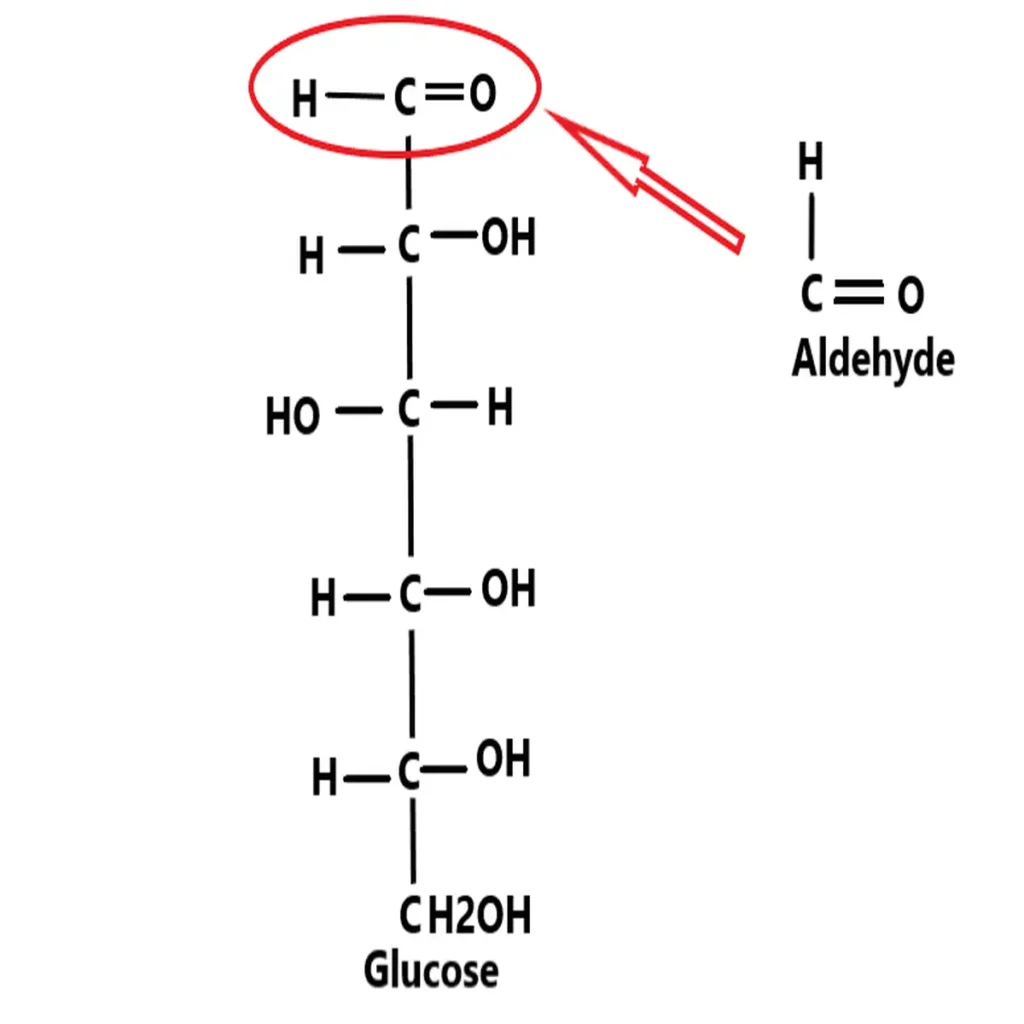Learn about the classification of carbohydrates in biochemistry with definitions and examples. Carbohydrates are also known as saccharides. This saccharide word came from Greek word “sakcharon” which means sugar.
What are carbohydrates?
Carbohydrates definition can be, the polyhydroxy aldehyde or ketones or compounds which are produced after the hydrolysis of carbon.
These are biomolecules or macronutrients composed of carbon, hydrogen and oxygen. These are produces after the hydrolysis of carbon. The general formula of carbohydrate is Cn(H2O)n.
What are the three classifications of carbohydrates?
Carbohydrates are broadly classified into three major groups – monosaccharides, oligosaccharides and polysaccharides. This categorization is based on the presence of sugar units number.
Mono and oligosaccharides are sweet in taste, crystalline in character and soluble in water, hence they are commonly known as sugars.
What are monosaccharides?
Monosaccharides (Greek: mono-one) are the simplest group of carbohydrates. These are often referred to as simple sugars. They have the general formula Cn(H2O)n. They cannot be further hydrolyzed. The monosaccharides are divided into different categories, based on the functional group and the number of carbon atoms.
Monosaccharides classification based on the functional group
Aldoses

When the functional group in monosaccharides is an aldehyde, they are known as aldoses e.g. glyceraldehyde, glucose.
Ketoses

When the functional group is a keto group, they are referred to as ketoses e.g. dihydroxyacetone, fructose.
Monosaccharides classification based on the number of carbon atoms
Based on the number of carbon atoms, the monosaccharides are classified as trioses (3C), tetroses (4C), pentoses (5C), hexoses (6C) and heptoses (7C).
These terms along with functional groups are used while naming monosaccharides. For example, glucose is an aldohexose while fructose is a ketohexose.
| Monosaccharides (empirical formula) | Aldoses | Ketoses |
| Trioses (C3H6O3) | Glyceraldehyde | Dihydroxyacetone |
| Tetroses (C4H8O4) | Erythrose | Erythrulose |
| Pentoses (C5H10O5) | Ribose | Ribulose |
| Hexoses (C6H12O6) | Glucose | Fructose |
| Heptoses (C7H14O7) | Glucoheptose | Sedoheptulose |
What are oligosaccharides?
Greek word oligo means few. Oligosaccharides contain 2-10 monosaccharide molecules which are liberated on hydrolysis. Based on the number of monosaccharide units present, the oligosaccharides are further subdivided to disaccharides, trisaccharides etc. For examples, lactose, sucrose etc.
What are polysaccharides?
Greek word poly means many. Polysaccharides are polymers of repeating monosaccharide units with high molecular weight (up to a million). They are usually tasteless (non-sugars) and form colloids with water (insoluble). The polysaccharides are of two types, homopolysaccharides and heteropolysaccharides.
Homopolysaccharides are complex carbohydrates composed of repeating units of a single type of monosaccharide (simple sugar). For example, starch, dextrins, dextrans etc.
Heteropolysaccharides are complex carbohydrates composed of repeating units of two or more types of different monosaccharides (simple sugars). For example, hyaluronic acid, agarose etc.
I think you guys get the knowledge about classification of carbohydrates. For more details about carbohydrates read this What are carbohydrates? .
FAQ
What are the 3 classification of carbohydrates?
Carbohydrates are classified into three major types, monosaccharides, oligosaccharides and polysaccharides.
What is the difference between monosaccharides vs oligosaccharides vs polysaccharides?
Monosaccharides are single sugar units (e.g., glucose). Oligosaccharides consist of short chains of linked monosaccharides (e.g., sucrose). Polysaccharides are long chains of monosaccharides (e.g., starch).
What do you mean by macronutrients?
Macronutrients are the nutrients that are required for body in large amounts to support various physiological functions, provide energy and facilitate growth and maintenance of tissues. For example, carbohydrates, proteins, fats etc.
What is difference between homopolysaccharides and heteropolysaccharides?
Homopolysaccharides are composed of repeated units of a single monosaccharide, such as glucose in starch. Heteropolysaccharides consist of repeating units of different monosaccharides, like glucosamine and glucuronic acid in heparin.
What do you mean by simple sugar?
A simple sugar, also known as a monosaccharide, has a single sugar unit. It is the most basic form of carbohydrates. It cannot be further broken down into smaller sugar molecules by hydrolysis.
What is the difference between the aldoses and ketoses?
Aldoses contain an aldehyde functional group at the end of their carbon chain (e.g., glucose). Ketoses have a ketone functional group within their carbon chain (e.g., fructose).
Also read Carbohydrates vs proteins vs lipids vs nucleic acids.

